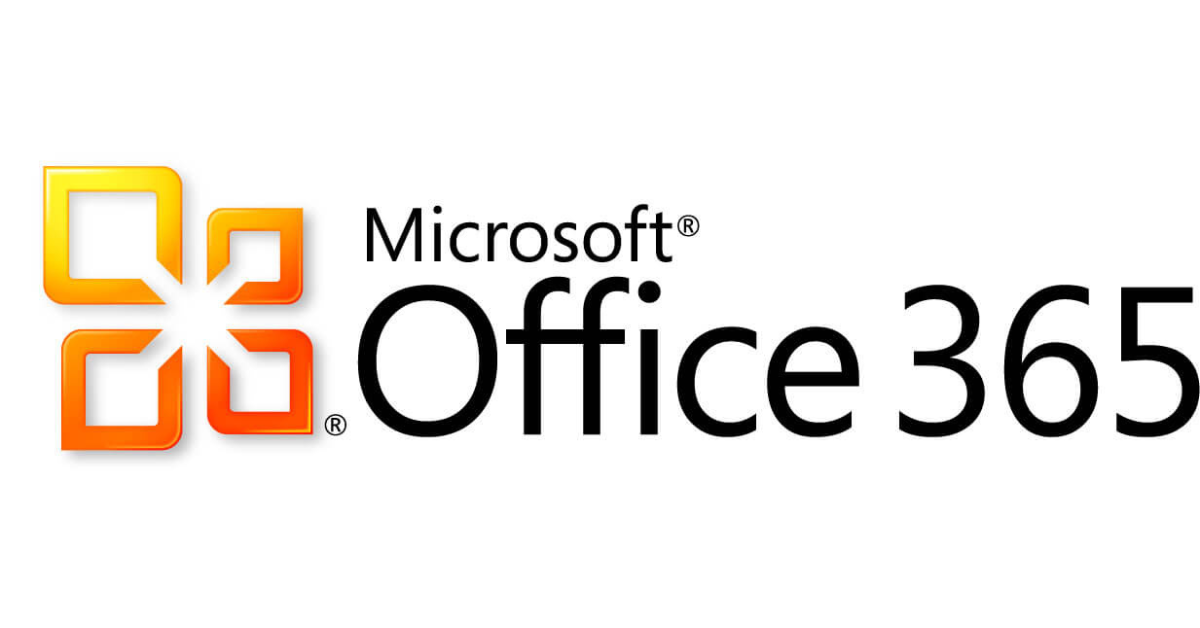
What is Microsoft Office 365? In June 2011, Microsoft released Office 365, essentially bundled online software hosted in the cloud. Office 365 replaced Microsoft’s Business Productivity Online Services (BPOS) and bundled the latest upgrades of its SharePoint, Exchange, and Lync Server solutions. So, when you hear “SharePoint Online,” that means SharePoint as it is presented in Office 365, which Microsoft hosts.
The convenient, pay-as-you-grow subscription plan to Office 365 requires that an organization pay Microsoft for only what it uses – per user, per month. The net benefit to an organization’s IT team is that it is relatively turn-key and requires far less administration than an on-premises deployment of an identical suite of applications. Organizations may find comfort in Microsoft’s guaranteed high availability, recoverability, and back-end administration, all backed by a Service Level Agreement.
When evaluating an Office 365 deployment, organizations should be asking four key questions:
- Is Microsoft offering a better value? How much would it cost to run these exact solutions on-premise?
- Do we need all of these products?
- Are the limitations of Office 365 a deal-breaker for us or our customers?
- Are my mission-critical applications going to be safe? What security assurances is Microsoft providing?
Office 365 Plans
Office 365 comprises small businesses and professionals (Plan P) and medium-sized enterprises (Plans E1, E2, E3, and E4).
Microsoft designed Plan P for smaller organizations, ranging from 1 to 25 employees, costing $6 per monthly user. For somewhat larger enterprises, the more flexible series of “E” plans (“E” stands for enterprise) ranges from $10 to 27 dollars per user per month. Plan P and the four Plan Es are not exclusive to the company size; they were designed so a small business could opt for a version of Plan E.
According to Microsoft, the Office 365 Plan P “brings together online versions of the best business-grade communications and collaboration tools from Microsoft, plus Microsoft Office Web Apps, at a price that small businesses can afford.” In our recent white paper, “To Cloud or Not to Cloud: SharePoint 2010 Hosting Options…and Which One Is Right for You,” you will find a chart outlining what each plan does.
Plan P highlights include:
- Email, calendar, contacts, personal archive, and 25 GB mailbox storage with 25 MB attachments using Exchange Online
- Support for workgroups of up to 50 people
- Online document viewing and basic editing capabilities using Office Web Apps
- Easy access to files from a mobile device using Office Web Apps
- Consistent file formatting from desktop Office to Web versions with Office Web Apps
- Sites to share documents and information with SharePoint Online
- Capability to design/ maintain a professional, public Web site with SharePoint Online
- Instant messaging, presence, online meetings, and PC-to-PC audio/video calls with Lync Online
- Ability to share a desktop with colleagues and partners using Lync Online
- Premium antivirus and anti-spam filtering with Microsoft Forefront Online Protection for Exchange
Plan P’s SharePoint emphasizes sharing content rather than collaborative content creation. Collaboration on creating and editing documents with Office Web Apps is “basic.” Plan P assumes that small organizations are less likely to require robust collaboration, unlike larger companies.
The convenient, pay-as-you-grow subscription plan to Office 365 requires that an organization pay Microsoft for only what it uses – per user, per month. The net benefit to an organization’s IT team is that it is relatively turn-key and requires far less administration than an on-premises deployment of an identical suite of applications. Organizations may find comfort in Microsoft’s guaranteed high availability, recoverability, and back-end administration, all backed by a Service Level Agreement.
Plan E Series
An organization might consider Microsoft’s Plan E series if Plan P feels somewhat light. Office 365 for medium-sized enterprises is presented in four plans, each with access to some level of SharePoint. Not all four plans come with the same level of SharePoint or other features. Choosing the optimal plan depends on three questions:
- How much are we willing to spend?
- How much SharePoint do we need, and what customization is required?
- What other benefits of Office 365 do we need?
All four “E” series plans feature SharePoint’s ability to access information and documents. However, advanced content creation and publishing only come with plans E3 and E4. So, to derive the full benefit of SharePoint through Office 365, an organization must choose E3 or E4 for $20 or $27 per user, respectively.
Any thoughts yet? What is your organization doing?
Part II is now available, the “Benefits and Drawbacks of Office 365. ” Also, you can download our white paper about Office 365 vs. on-premise hosting.
We can help you get started, so don’t hesitate to reach out.
Laurie Head is co-owner and CMCO of AIS Network.

